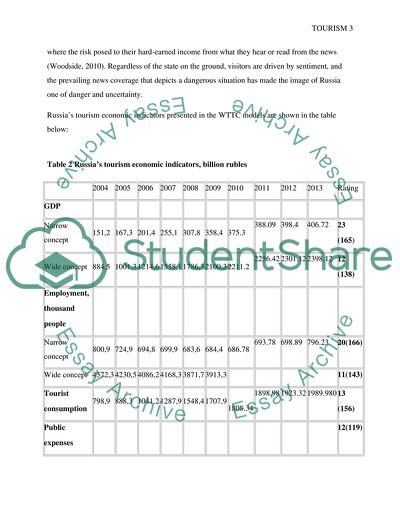Cite this document
(Developing Tourism Through Turmoil in Ukraine Report, n.d.)
Developing Tourism Through Turmoil in Ukraine Report. https://studentshare.org/tourism/1841331-bad-neighbours-developing-tourism-through-turmoil-in-ukraine
Developing Tourism Through Turmoil in Ukraine Report. https://studentshare.org/tourism/1841331-bad-neighbours-developing-tourism-through-turmoil-in-ukraine
(Developing Tourism Through Turmoil in Ukraine Report)
Developing Tourism Through Turmoil in Ukraine Report. https://studentshare.org/tourism/1841331-bad-neighbours-developing-tourism-through-turmoil-in-ukraine.
Developing Tourism Through Turmoil in Ukraine Report. https://studentshare.org/tourism/1841331-bad-neighbours-developing-tourism-through-turmoil-in-ukraine.
“Developing Tourism Through Turmoil in Ukraine Report”. https://studentshare.org/tourism/1841331-bad-neighbours-developing-tourism-through-turmoil-in-ukraine.


